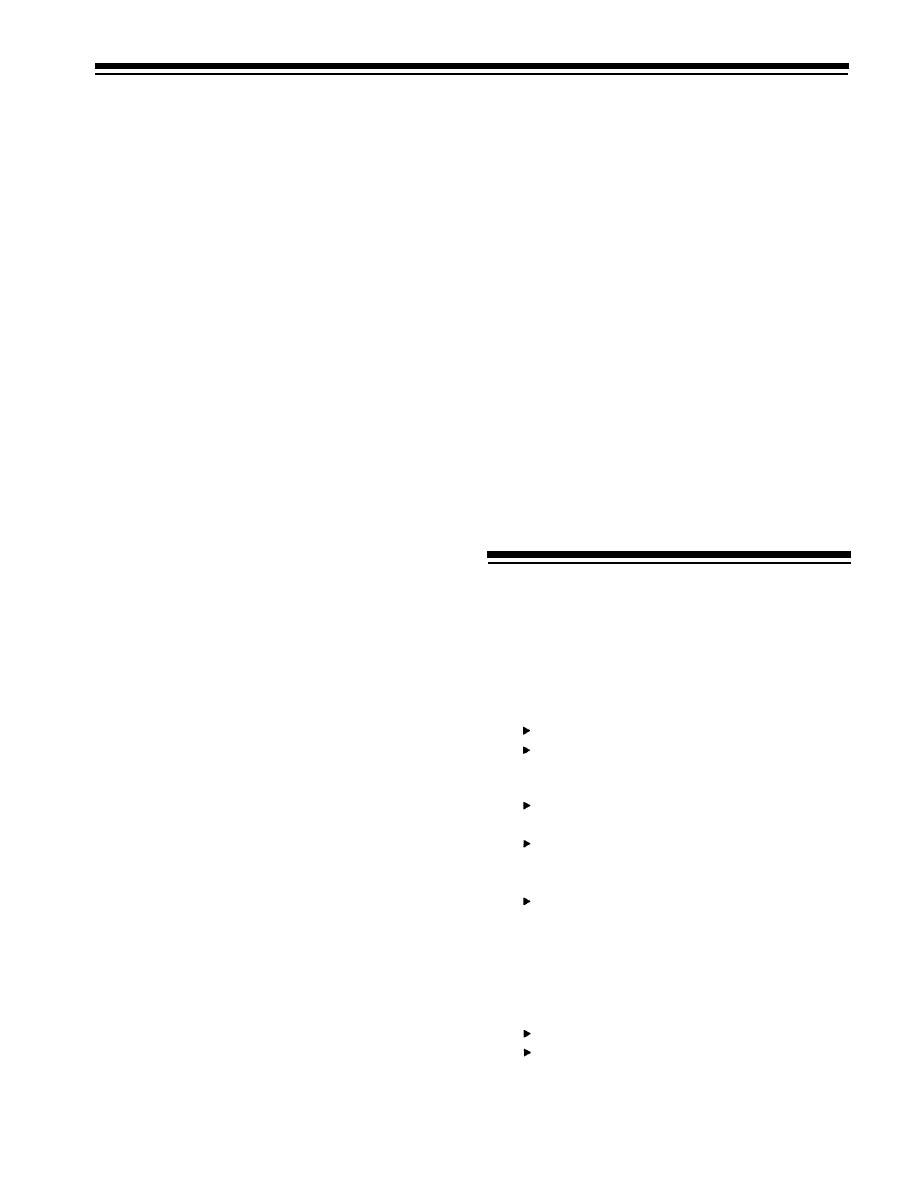

Custom Search
|
|
|
|||||

|
|||||
 PREFACE
PEST CONTROL IN URBAN
AND INDUSTRIAL SITES
Pest management and control is a matter of using
its location, its support system. With understanding of
the right technologies. To be successful, it must be
these areas, subsequent experience, and ongoing
training, a technician will be able to perform
effective and not adversely effect people or the
environment.
successful pest control. A distinction is made in this
The purpose of this training manual is to provide
manual between management and control:
Management means the reduction of pest populations
a sound foundation for studying technical aspects of
pest control. Its emphasis is on urban and industrial
to tolerable numbers by changing practices, making
pest problems -- household and structural pest control.
habitat or structural alterations, and carefully using
pesticides to kill pests only when indicated. Control of
It will discuss control and management of insects,
pests refers to a single principal measure taken to kill
other arthropods (such as spiders and ticks), and
pests -- usually the application of pesticides.
vertebrate pests (such as mice and rats), in homes,
An important area addressed throughout the
businesses, office buildings, and industrial plants.
manual is communication. Pest management and
This manual is a valuable source of information
control is a service; technicians must not only know
for persons preparing for certification under the
their job, but they also must be able to communicate
Environmental Protection Agency (EPA) and state
confidently with their clients so clients will understand
programs for pesticide applicators. Pest control
basic procedures and be satisfied that the technician
workers in urban and industrial sites not only apply
can successfully meet their needs.
pesticides but use many other activities and
recommendations to suppress pests. These other
RESPONSIBILITIES OF SUPERVISORS
practices increase the effectiveness of the control
AND TECHNICIANS
program, and often reduce pesticide use or make such
use a secondary operation of the program. In
Prior to undertaking this training, commercial
recognition of the many tasks individuals in pest
applicators should have received regionally-specific
control must perform, the title technician is used in
basic orientation in pest control. To train technicians
this manual to denote a pesticide applicator, a pest
to deal with pests correctly, this orientation should
control operator, and other individuals with titles that
include
refer to the job of suppressing or exterminating pests.
recognition of pest species, and
Written for technicians, supervisors, owners, and
awareness of the importance of safety.
others involved in the control or management of pests,
The goal of training is the development of a
each chapter covers material considered essential to the
technician who
proper understanding and carrying out of pest control
possesses the basic pest control
or urban pest management. The training modules
scientific information,
contain basic scientific information as well as
can act to control pests after making
guidelines for practical solutions to pest control
judgments based on that information,
problems. The manual is divided into four basic
and
sections: a general discussion of pest management and
communicates knowledgeably with the
control followed by three subsequent modules on
client.
specific application in terms of insects commonly
Those who train and manage technicians should
be certified supervisors experienced in pest
found in urban structures, insects that invade
structures, and urban vertebrate pests. Study questions
management (preferably beyond the minimum level
may be found at the end of each chapter; answers, a
required for certification). They should be able to
supplementary reading list, and a glossary of terms are
provide their technicians with
found at the end of the book.
reference materials (see Appendix B),
Technicians will learn that proper integration of
scheduled company meetings with open
management and control depend on the pest, its habits,
discussion and timely training,
Preface Pg 1
|
 |
||||
 |
|||||